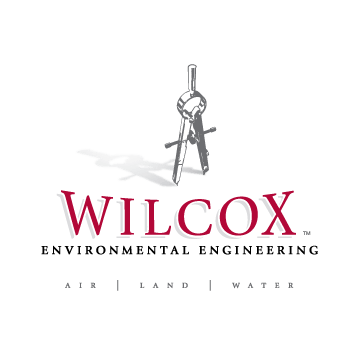Most environmental managers or directors in states like Indiana, Illinois, Ohio, Michigan, Kentucky, and Wisconsin faithfully perform their required storm water monitoring, periodic inspections, recordkeeping, and annual reporting like clockwork. They also diligently update the Storm Water Pollution Prevention Plan (SWPPP) and submit their Notice of Intent (NOI) documents in a timely basis. And, that (for the most part) is the end of the discussion. Many clients have never had their state contacting them beyond a question or two when they submit their SWPPP plan checklist, let alone an inspection. Actually, a lot of states don’t have many people to enforce those regulations simply due to budget cuts. But, inspections do happen. And, the question is…….what happens when they do show up at your door? What are they looking for and how do I prepare for one if given advance notice?
The typical scenario wraps around complaints or discovered parameter (aka pollutant) issues at nearby streams or lakes. Since ground water flows to nearby watersheds by creeks, streams, and rivers and originate from sources like yours, the inspectors come calling to you to look for answers. But, this is after they have done their homework on all possible ‘contributors’ to the reported problem. Inspectors take an inventory of industrial sources, review their recent history of submitted monitoring reports to the state, use some educated guessing, and will typically show up unannounced. They will ask to speak with the technical lead for environmental matters, display credentials, and explain why they have come to your site.
The inspection soon follows, which consists of a site tour of your grounds, then visual verification of your Outfalls, drains, and drainage patterns. Normally, the inspectors aren’t given the opportunity of watching a qualified rainfall event at your site (QRE). So, they look for obvious signs. They look at Outfalls/drains to see if there are erosion patterns, old or new stains, debris, and the overall maintenance and cleanliness of the surrounding areas.
But, if you are given advance notice of the inspection, I recommend cleaning Outfalls and drainage areas and for unpaved drainage areas, place fresh gravel or a bed of crushed stone and tamp down. If your drains have exposed earth contaminating them, that alone can cause elevated Total Suspended Solids (TSS) or Biological Oxygen Demand (BOD) levels.
Many times, debris and garbage can accumulate on top of or below the drain basins. So, if you expect that you could have large accumulations in your drainage, if may benefit you to pump some or all of them out. I have personally witnessed cigarette butts clogging up drains and had to fill barrels full of them because companies had never performed what I am recommending here. It did wonders for their storm water flows as well!
Be like a Boy Scout and be prepared!!!
